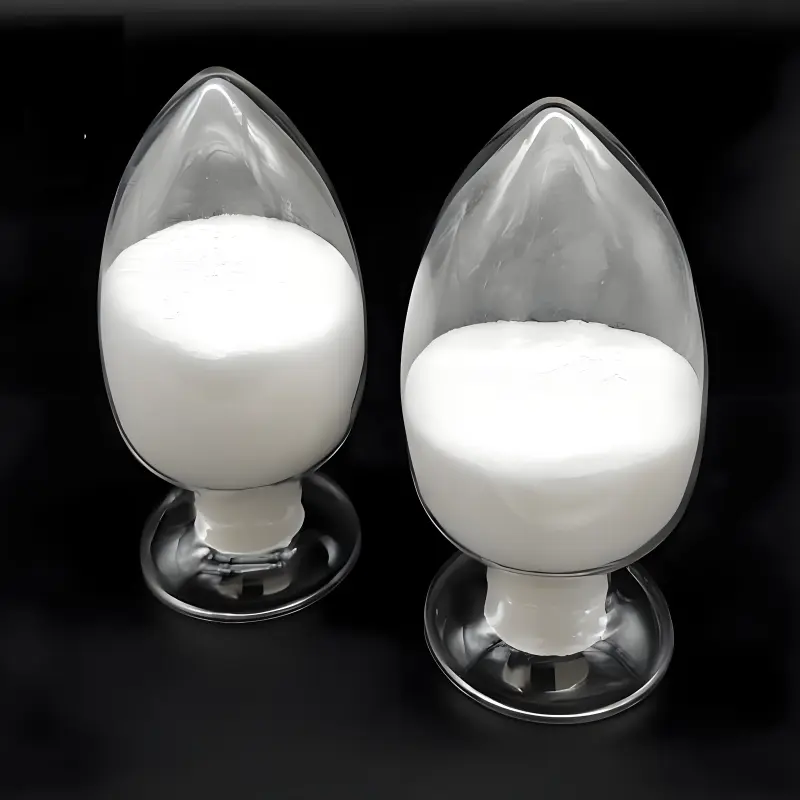-
Categories
-
Pharmaceutical Intermediates
-
Active Pharmaceutical Ingredients
-
Food Additives
- Industrial Coatings
- Agrochemicals
- Dyes and Pigments
- Surfactant
- Flavors and Fragrances
- Chemical Reagents
- Catalyst and Auxiliary
- Natural Products
- Inorganic Chemistry
-
Organic Chemistry
-
Biochemical Engineering
- Analytical Chemistry
-
Cosmetic Ingredient
- Water Treatment Chemical
-
Pharmaceutical Intermediates
Promotion
ECHEMI Mall
Wholesale
Weekly Price
Exhibition
News
-
Trade Service
Liraglutide acetate is a synthetic drug that is used to treat type 2 diabetes.
It is a GLP-1 receptor agonist, which means that it binds to and activates GLP-1 receptors in the body, leading to the production of insulin and the inhibition of glucagon release.
The drug has proven to be effective in treating type 2 diabetes, and it is also used as an adjunct to diet and exercise to improve glycemic control in adults with type 2 diabetes mellitus.
There are several synthetic routes to produce liraglutide acetate, each with its own advantages and disadvantages.
The following is an overview of some of the most commonly used synthetic routes for producing liraglutide acetate.
Route 1: Hydrolysis of N-Acyl Amide
This route involves the synthesis of N-acyl amide, which is then hydrolyzed to produce liraglutide acetate.
The N-acyl amide is first synthesized by acylation of the appropriate amine with the desired carboxylic acid.
The N-acyl amide is then hydrolyzed using acid or base to produce liraglutide acetate.
This route is relatively simple and straightforward, but it can be challenging to obtain high yields of the desired product.
Route 2: Reductive Amination of Carboxylic Acid
This route involves the synthesis of liraglutide acetate by reductive amination of a carboxylic acid with an amine.
The carboxylic acid and amine are reacted in the presence of a reducing agent, such as lithium aluminum hydride or hydrogen in the presence of a catalyst, such as palladium on barium oxide.
This route is more complex than the hydrolysis route, but it generally results in higher yields of the desired product.
Route 3: Direct Coupling of Amine and Carboxylic Acid
This route involves the synthesis of liraglutide acetate by direct coupling of an amine and a carboxylic acid.
The amine and carboxylic acid are reacted in the presence of a coupling agent, such as hydroxylamine or HOBT (1-hydroxy-7-azabenzotriazole), and aBase.
This route is also more complex than the hydrolysis route, but it can be more efficient and cost-effective.
Route 4: Protection and Deprotection of Thiol Group
This route starts with the synthesis of a thiol-containing compound, which is then protected with a suitable protecting group.
The protected compound is then treated with a carboxylic acid to produce a thioester, which is subsequently reduced to produce liraglutide acetate.
This route is more complex than the hydrolysis route, and it requires additional steps for protection and deprotection of the thiol group.
Route 5: Decarboxylation of Methylenedicarboxylic Acid
This route involves the synthesis of liraglutide acetate by decarboxylation of a methylenedicarboxylic acid.
The methylenedicarboxylic acid is first synthesized by a standard carboxylation reaction, and then it is treated with a base to remove the carboxyl group and produce liraglutide acetate.
This route is relatively simple and straightforward, but it can be challenging to obtain high yields of the desired product.
In conclusion, there are several synthetic routes to






